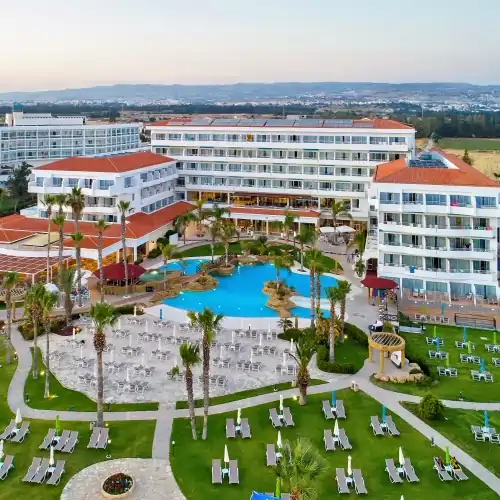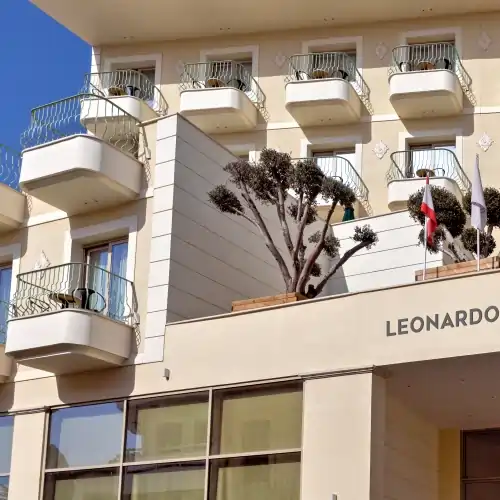- Book Now
- Home Page
- Destinations
- City Guides
- City Guides
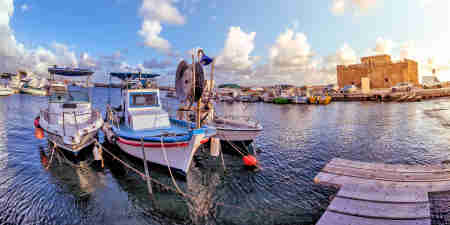 Explore Paphos
Explore Paphos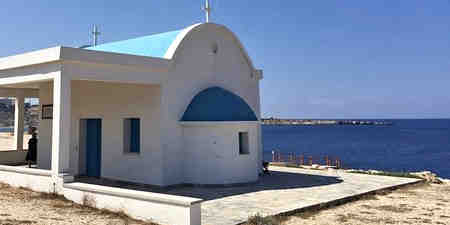 Explore Protaras
Explore Protaras
- Special Offers
- Weddings
- Meetings & Events
- About Us
- Contact Us
- Get A Quote
- Manage your Bookings
- English
From all the must-see churches and monasteries in Paphos, we have selected the following three landmarks: Agios Neophytos Monastery, Panagia Chrysorroyiatissa Monastery, and the Byzantine basilica whose ruins contain the church of Agia Kyriaki Panagia Chrysopolitissa.
Top Things That Make the Monasteries in Paphos Remarkable
Many of the churches and monasteries of Paphos are regarded as heritage sites of substantial artistical and cultural value. A visit to one of these sacred spaces is a transformative experience that connects your soul with the divine whether you are a believer or not. Many of these religious monuments are part of the area inscribed in the list of the UNESCO World Heritage Sites in 1980, while others are riches of Greek Orthodox faith highly treasured by the Cypriots. You will find beautiful churches in every village on the island, numerous dating back hundreds of years. There are also those landmarks with a checkered past, like the Agia Solomoni Church and Catacombs, the burial site of the seven Maccabees and their mother, Solomonia. Or, who can forget St. Paul’s Pillar next to the ruins of the basilica at Panagia Chrysopolitissa?
For a short introduction to the religious heritage sites to seek out when you visit Paphos, here’s a roundup of three.
Read More
Read Less
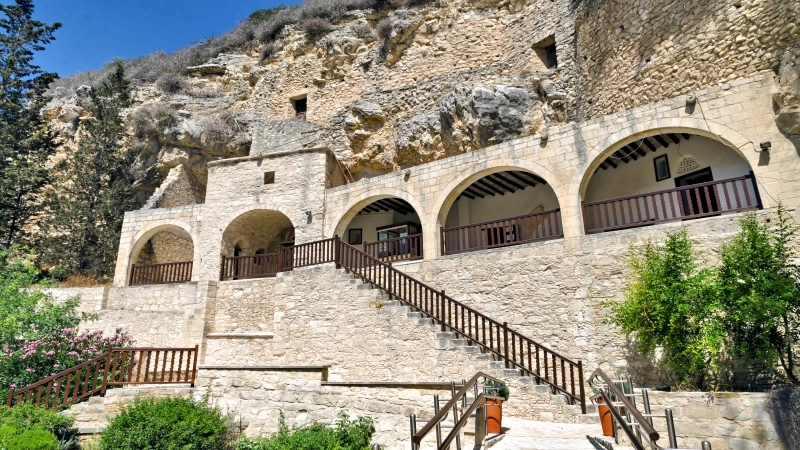
The Ayios Neophytos Monastery, dedicated to Saint Neophytos (the Recluse), is the most important monastery in Paphos. In 1159, Neophytos himself found refuge in a small natural cave, which he turned into a little chapel with a hermit’s cell. Later, after 1170, when the Bishop of Paphos convinced him to take in a novice, the cave became a small monastic community. In time, the Agios Neophytos Monastery grew into a large Engleistra decorated with priceless artworks.
Read More
The Panagia Chrysorroyiatissa Monastery was founded in the 12th century when a monk called Ignatius brought here an icon of the Virgin Mary supposedly painted by St. Luke the Evangelist. Legend has it that, to be protected from destruction, the holy icon was thrown in the sea in Asia Minor during the first period of the Byzantine Iconoclasm and reached safety on the coast of Paphos. The monastery is dedicated to the Our Lady of the Golden Pomegranate and its current building dates from 1770.
Read More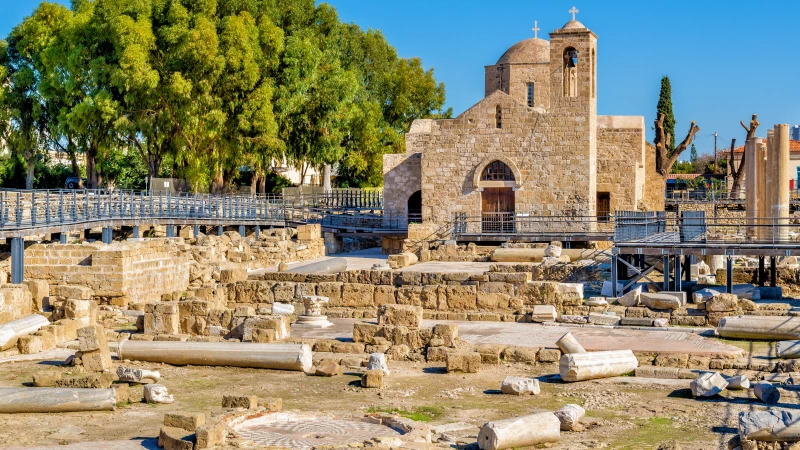
On an island where most of the population is Greek Orthodox, the church of Agia Kyriaki Chrysopolitissa is a dream come true for many Catholic couples who want to tie the knot in paradise. It’s a beautiful church, which traces its roots back to the largest basilica of Cyprus in the 4th century AD.
Read MoreMost Paphos beaches are legendary. After all, the goddess of love, Aphrodite, was born of the seafoam that caresses one of them at Petra tou Romiou. Our other five favourite Paphos beaches are Coral Bay, Lara, Latsi, the Municipal Bath Beach, and the Geroskipou Municipal Beach.
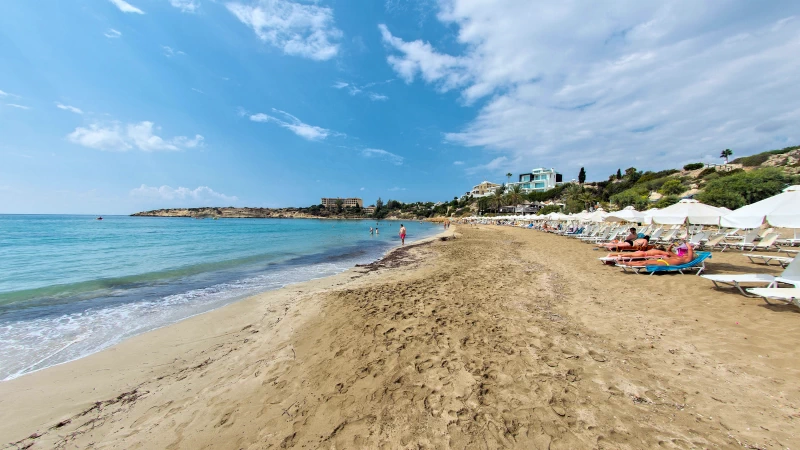
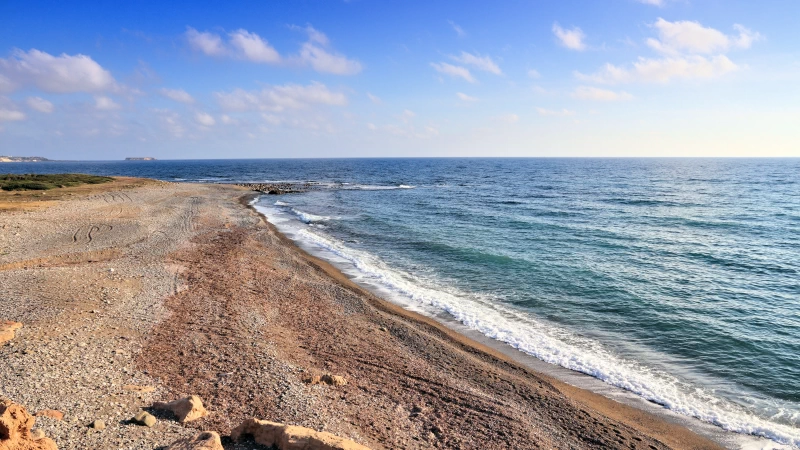
Lara Beach at Lara Bay is often described as a tiny paradise. Its waters are crystal clear, the sand is soft, the vistas are beyond compare, and the bay is delightful. Note that you will spot many green turtles here, as well as wild goats. This is a protected area. Don’t visit it for long stretches of time without supplies (food, water, sunscreen).
Read More
Latsi Beach is about 45 minutes from Paphos city, in an area known as Polis Chrysochous. It’s a pebble beach, so wear appropriate footwear. The waters are a brilliant azure and bright, and there are even some managed spots around local cafes, offering sunbeds and umbrellas, as well as lifeguards on duty.
Read More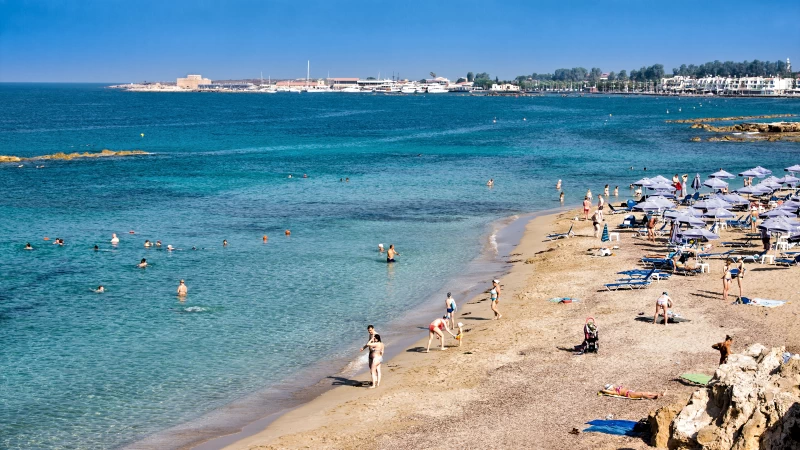
The Municipal Baths Beach is a favourite of the locals. It is the perfect spot if you want to experience this destination far from the crowds. Also called Kato Paphos beach, this strip of sand stretches from Yeroskipou towards the Paphos harbour. Look for the public area “Ta Bania.”
Read More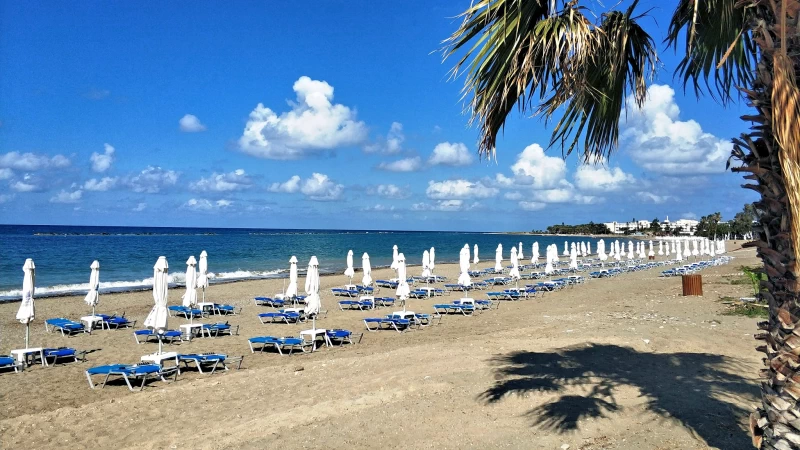
The Geroskipou Municipal Beach is a Blue Flag beach with clean shallow waters perfect for a dip. Its sands are golden-green. It’s a well-organized beach with lifeguards on duty from April until October.
Read More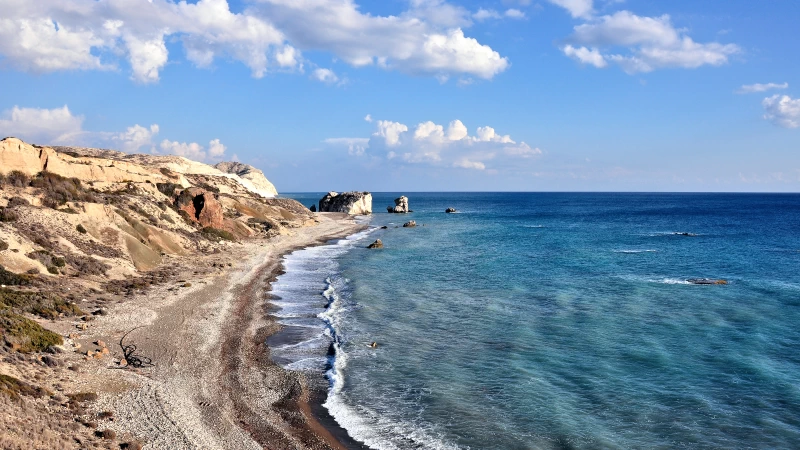
Petra tou Romiou is the most photographed beach of Paphos. According to legend, this is where the goddess Aphrodite was born from the foam of the sea. The Greek name of the site, Petra tou Romiou translates as “the rock of the Greek,” and is associated with a Byzantine hero, Digenis Akritas. His legendary strength kept the island safe from the marauding Saracen Arabs.
Read MoreWhat would you choose from among the top things to do in Paphos? Sun-kissed beaches or a walk on the pleasant seaside promenade? A culturally-enriching visit to the UNESCO sites or a hike from a traditional village to the forested mountaintops of Troodos? Or would you instead visit a monastery to see rare mosaics and other religious artefacts of great value? Maybe you would like to explore the ancient sites of Paphos to take in their broad sense of sacred, or, perhaps, a hike on the region’s thematic routes will grant you a more in-depth insight into the Cypriot lifestyle. Begin your Paphos journey here.
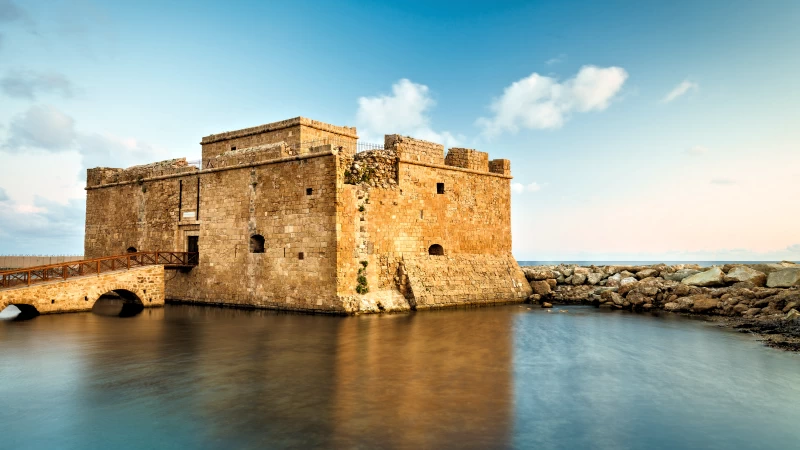
Like any landmark steeped in history, the Medieval Castle of Paphos has a frantic past. Built as a Byzantine fort, it was systematically destroyed and rebuilt and served a variety of purposes. Today, it stands as the symbol of the city.
Read More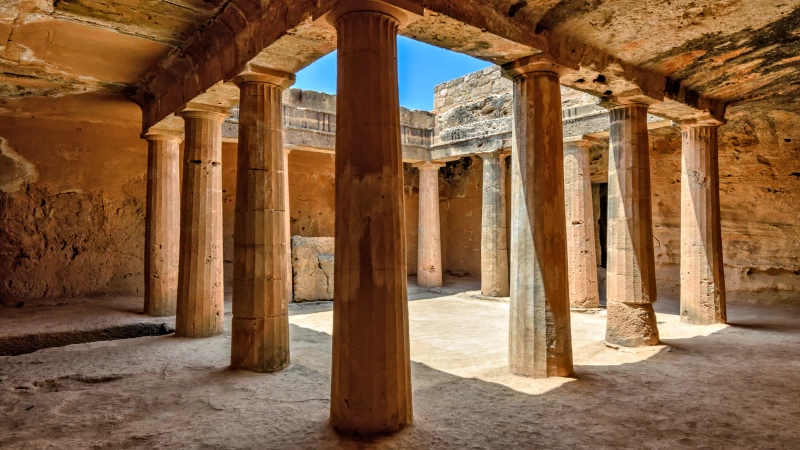
Despite the name of this ancient site of Paphos, there are no kings buried in the vast underground necropolis that stretches just under Nea Paphos (Aphrodite’s Sacred City). This site was used as a resting place for the local aristocracy from the Hellenistic period (3rd century BC) until the beginning of the 4th century AD.
Read More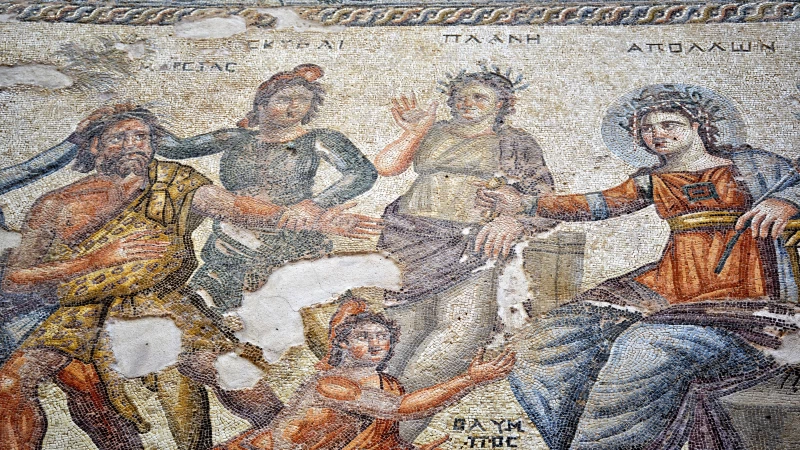
The Kato Paphos Archaeological Park is the most important stop on the Aphrodite Cultural Route, which also includes Amathous, near Lemesos, and Kition, in Larnaka. A UNESCO World Heritage Site since 1980 this is where you should start your journey of heritage discovery.
Read More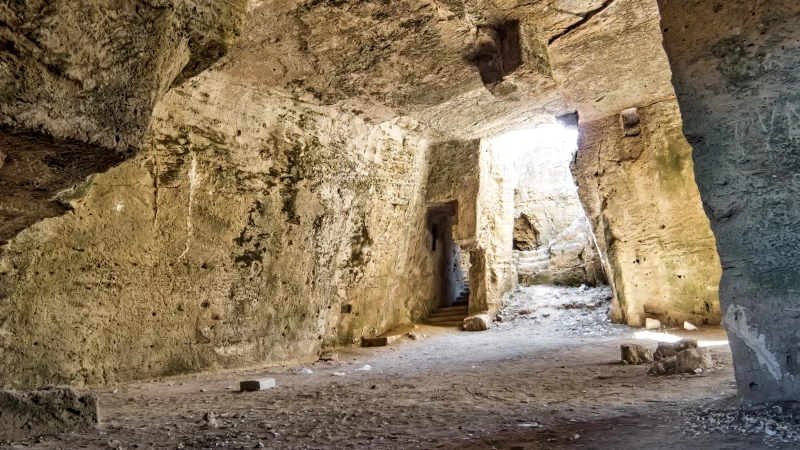
This is one of the pious ancient sites of Paphos. Although modest, this is the burial site of the seven Machabee brothers; Abim, Antonius, Gurias, Eleazar, Eusebonus, Alimus, and Marcellus, and their mother Solomonia, who was among the first on Cyprus to reject idolatry and to embrace Christianity.
Read More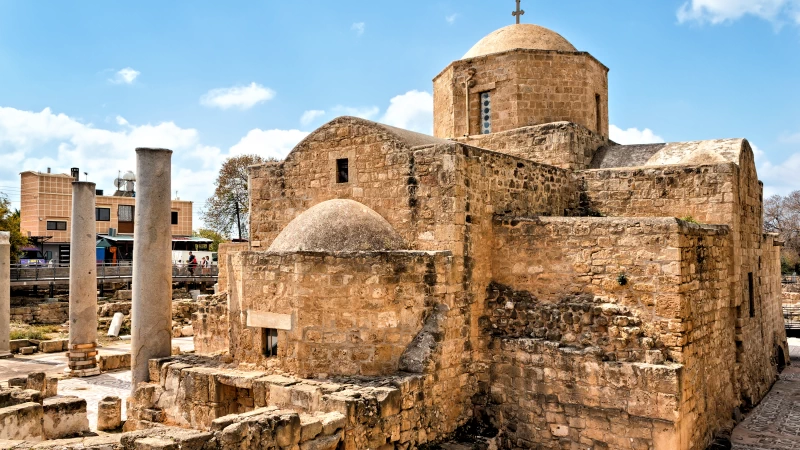
Modest and unassuming, this 13th century church still preserves beautiful mosaics on its floors. In the courtyard, St. Paul’s Pillar, a time-corroded marble column where the Apostle allegedly received five times forty lashes less one, is a thought-provoking marker.
Read More
The Pafos Zoo is an unexpected wildlife sanctuary. Christos Christoforou’s work of love extensive collections of parrots and venomous snakes.
Read More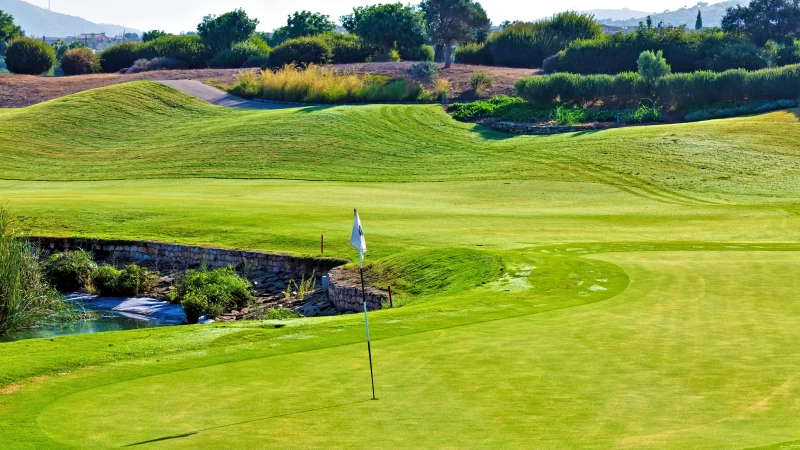
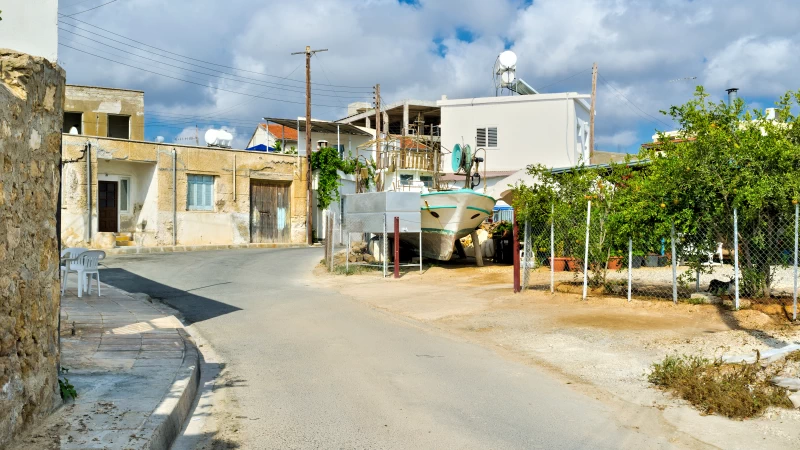
The Paphos Old Town is quite a small area: a cluster of pedestrian ways around Kennedy Square. Because in 2017 Paphos shared the distinction of being the European Capital of Culture with the Danish city of Aarhus, local authorities conducted ample works to revamp the Old Town.
Read More



